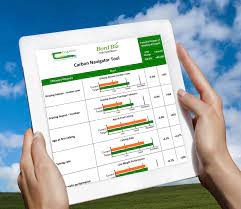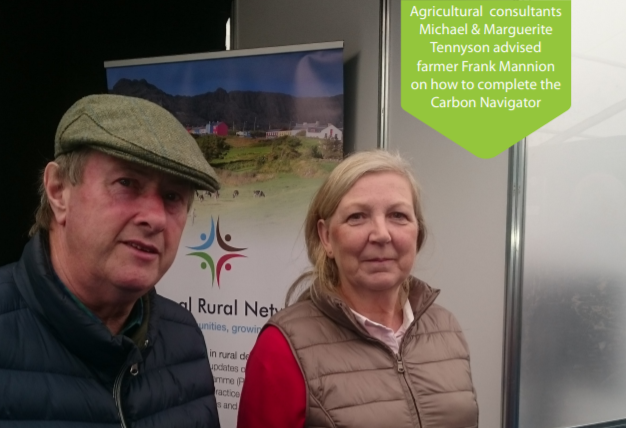The Beef Data Genomics Programme is a climate change initiative funded through the Rural Development Programme (2014-2020). The aim is to improve the productive efficiency of the suckler beef herd by improvements in the genetic merit. Through better breeding there will be efficiency gains through better grass utilisation, a more compact calving pattern, more calves born in the lifetime of the cow and better herd health.
 This will enable more beef to be produced from a reduced cow herd using less inputs of feed, fertiliser and veterinary medicines. These initiatives will reduce greenhouse gasses emissions and improve profitability on individual farms.
This will enable more beef to be produced from a reduced cow herd using less inputs of feed, fertiliser and veterinary medicines. These initiatives will reduce greenhouse gasses emissions and improve profitability on individual farms.
As part of the programme, farmers receive financial aid in return for which they must maintain records, carry out sampling and attend specialised training.
Only farmers with suckler cows are eligible for the scheme.
Payments are based on the number of suckler cows and hectares owned.
A requirement of the Beef Data Genomics Programme (BDGP) is that each applicant must complete a Carbon Navigator.
Frank Mannion, a beef and tillage farmer from near New Ross, County Wexford is a participant in the Beef Data Genomics Programme. Frank has learned the concepts of car¬bon efficiency through the BDGP training programme.
He contacted his agricultural advisor Michael Tennyson and arranged a consultation to complete the carbon navigator.

Frank said, “Sitting down with my advisor and completing the carbon navigator was of great benefit to me. Not only did the carbon navigator help me to measure my current carbon footprint but through a menu of options pointed the way to improving my carbon footprint into the future.”
Michael completed a questionnaire with Frank which dealt with the management issues including:
- Length of grazing season
- Age at first calving
- Calving interval
- Animal weight gain
- Nitrogen efficiency
- Slurry management.
“I was surprised at how carbon savings could be achieved. Linking the carbon savings to actual profitability makes improving the carbon footprint of my farm a no-brainer for me. Immediately I planned a few simple changes. Subject to weather conditions, I’ll try to extend the grazing season by ten days, both autumn and spring. This will reduce feed costs, slurry storage and carbon footprint while increasing profitability.”
As a result of the one-to-one consultation, Frank realised he could achieve increased profitability through better slurry management. “I was losing money by spreading all my slurry after first cut silage and worse still in the autumn thus wasting nitrogen which I was replacing with purchases of chemical fertiliser. I will endeavour to apply the most of my slurry (where possible) in the spring.”
These are just a few of the obvious carbon efficiency gains which farmers can achieve.
BDGP participants are required to update the navigator on an annual basis for six years so that we will remain aware of the potential for increased profits through carbon savings.
See here for more for more information.

